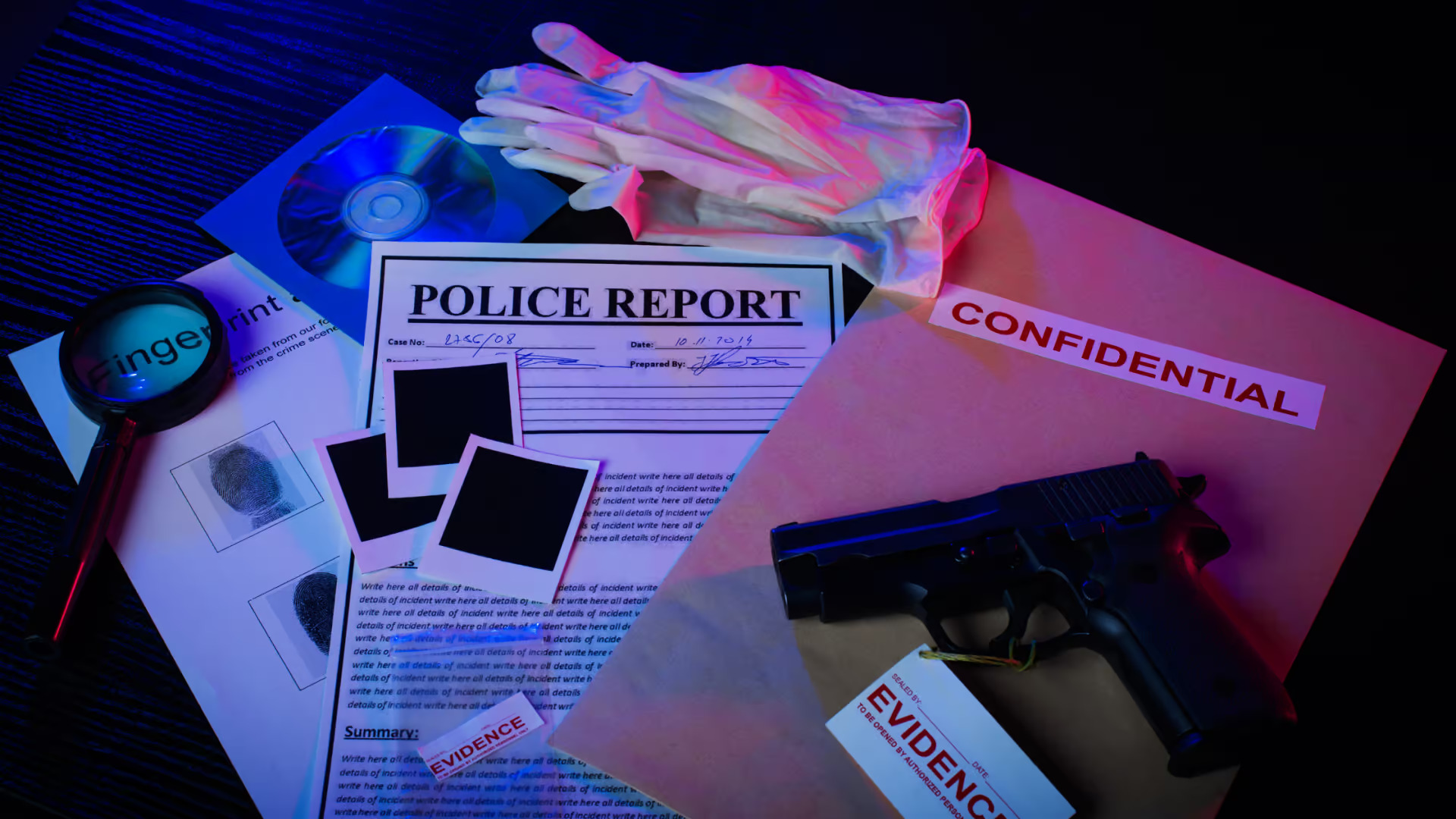- Home
- Solutions
ELITE INTEGRATION
We are experts in creating consistent security ecosystems across locations, consolidating stand-alone solutions, and avoiding disparities.
INDUSTRY SOLUTIONS
SECURITY SOLUTIONS
- Services
UNPARALLELED CUSTOMER SERVICE
We take customer care seriously — in fact, we are unparalleled about supporting you and supplying the solutions your business needs as soon as possible.
- Partners
- Company
Company
Rigility
Our portfolio of services is provided by a team of skilled and qualified experts, who have in-depth knowledge of security principles and processes, a comprehensive understanding of your vertical, experience in developing intricate projects, and adherence to Rigility’s core values of fanatical customer service and integrity.
When Does a Surveillance Camera Feed Qualify as a Court Evidence?
Taner
December 25, 2023

Fueling the Future of Innovation and Entrepreneurship
Few businesses and homeowners have installed CCTV or surveillance on the vulnerable corners of their business establishments and homes. It acts as a preventive measure to elude unauthorized people or potential perpetrators to invade their spaces. This will also add confidence to their security knowing that everything is recorded if something unfavorable will happen. The identity of the suspect will be disclosed and revealed, usually if the crime is simply shoplifting or stealing personal belongings.
A few decades ago, surveillance camera footage started to become treated as valid evidence for such crimes. It is a very strong one because camera footage would not lie; what the cameras saw is what you get. However, discrepancies are inevitable; hence, the primary reason why we need to assess the video footage if it is qualified to become rock-solid evidence. This will help you to determine if it is admissible or not.
Here’s what we got.
Areas of Surveillance
Generally speaking, there are three categories of areas of surveillance namely the public, home, and of course the workplace. The following has their own guidelines to follow in order to satisfy the qualification.
Public spaces
Footages recorded on public spaces should conform to the privacy rules in the public. This refers to the appropriateness of the placement of cameras if is it comfortable or not. Avoid redirecting the security cameras to private places – which can be ought to be public areas like comfort rooms.
Workplace
The same thing also applies to the workplace. As long as the cameras were not placed on areas that were considered to be a private spaces like changing rooms, private offices, comfort rooms, and the like. If it violates, it can be labeled as an invasion of privacy. Therefore, business or firm owners should also consider the security of their employees in all aspects.
Home
Also, the same thing applies to your home though you are generally the master of your own abode. Refrain from placing surveillance cameras on the private areas of your home like comfort rooms and the like. Also, some states in America refuse to accept video footage with audio as a piece of evidence.
After considering that, you are now ready to assess if your surveillance camera footage adheres to the rule of identifying evidence for the court hearing. The following listed below are the tips you need to instill in your mind because these will help you to assess if your evidence qualifies or not.
Identifying Evidence
When handling and using video footage as evidence. The following should be strictly adhered to as it was deemed to be part of the law
Policy
When compiling electronic or digital devices for evidence purposes, policies should be set and followed religiously by the provider. There are lots of policies to be considered when it comes to this.
Genuineness
The presented video footage should be free from any manipulative acts or falsification practices. It should be authentic and would correlate to what the provider wants to relay with that certain evidence.
Conservation
The video footage evidence should be stored correctly in any storage devices such as memory cards, external SSDs or HDDs, and other reliable devices for storage purposes. Certain evidence can be used in the future; hence, the reason for that.
Admissibility
After all these three steps were satisfied, the admissibility of surveillance video footage was ensured. It can be used to counter or attack the perpetrator during court hearings.
Additional Takeaway
Like other forms of evidence, if the footage does not meet the criteria, it will vanish. Thus, reliable legal counsel is needed for this in order to heighten the chase of being accepted. Just make sure that the footages are free from falsifications and alterations because that would discredit its reliability.
Also, invest in good surveillance or CCTV cameras. Both high-quality footage and the capability of night visioning have an edge when it comes to evidence assessments. Blurry or dark footage is automatically disregarded and that means, you need to invest in high-end surveillance cameras.
Nowadays, the development of surveillance cameras had been genuinely utilized in court hearings and police investigations for so long. It has been proven effective – which is undeniable – for several decades. People should realize how important these cameras are for our overall security. Do avid purchasers regret investing in these cameras? Absolutely, no. This might be a great sign for you. Think again and decide.
